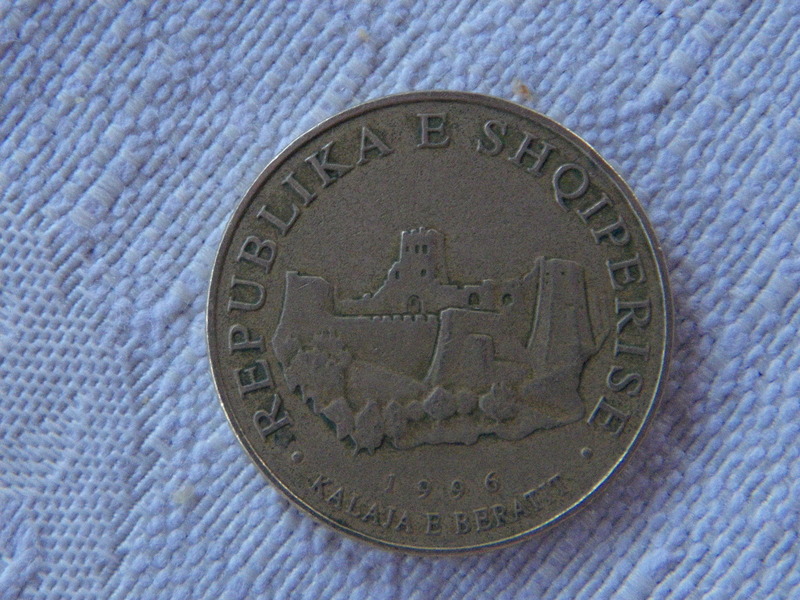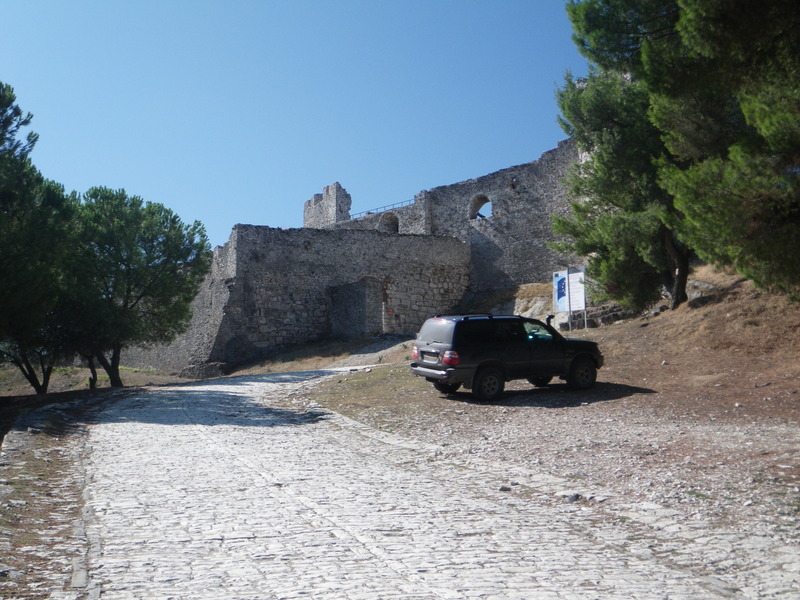
Berat is a mountaintop castle and a town in a very scenic location where the river Osum cuts between two mountains.

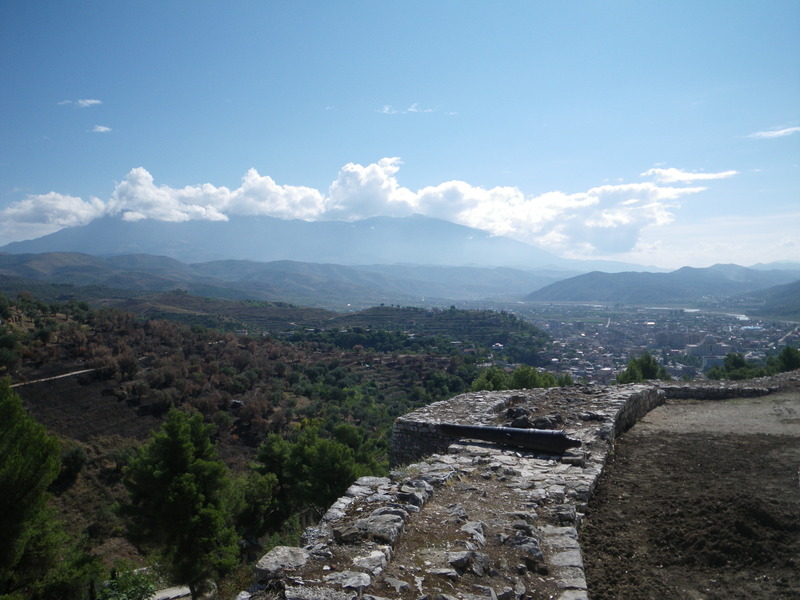
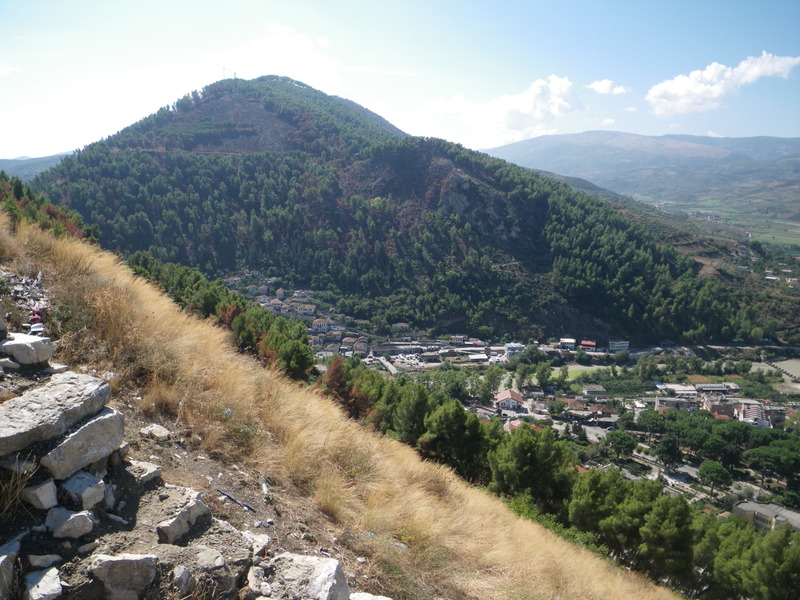
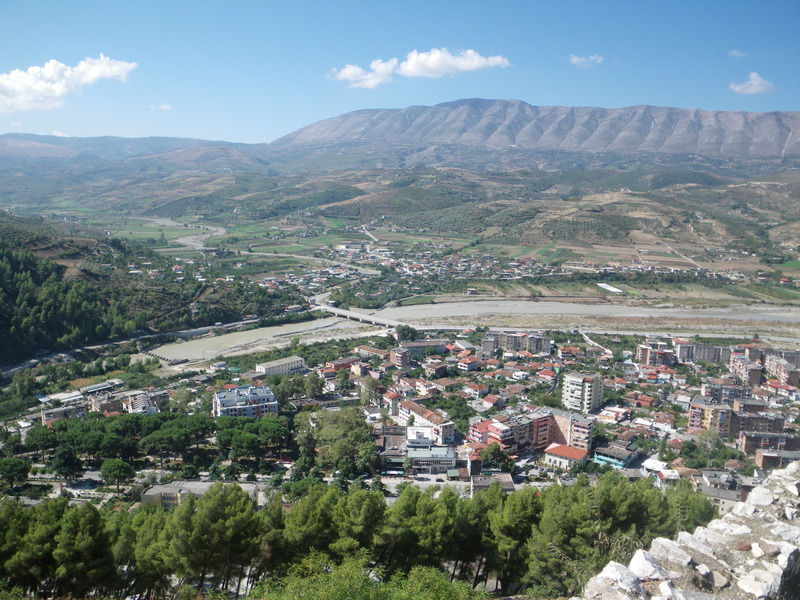
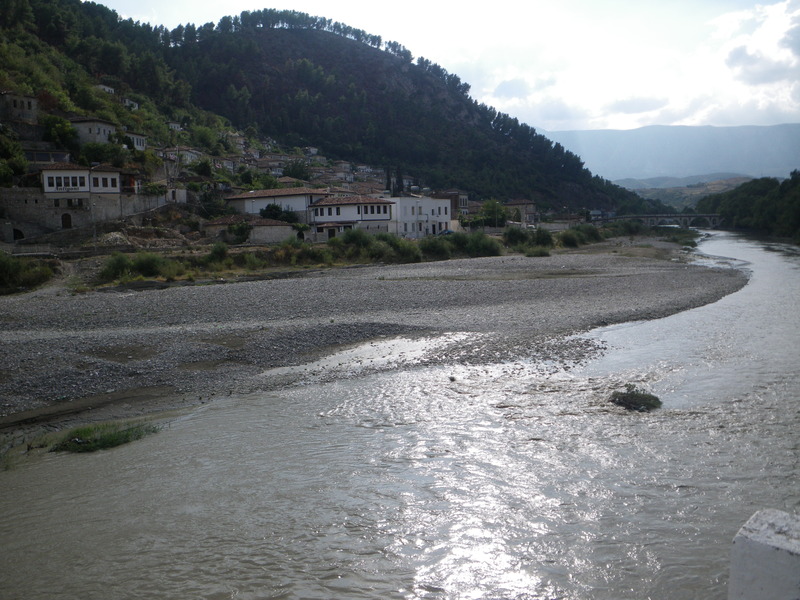
The city was known in antiquity as Antipatreia, and Berat is apparently a corruption of "Belgrade", which means "white city". It was sunny on the day we visited, and the houses, churches, walls, and squares of the castle are indeed very bright.
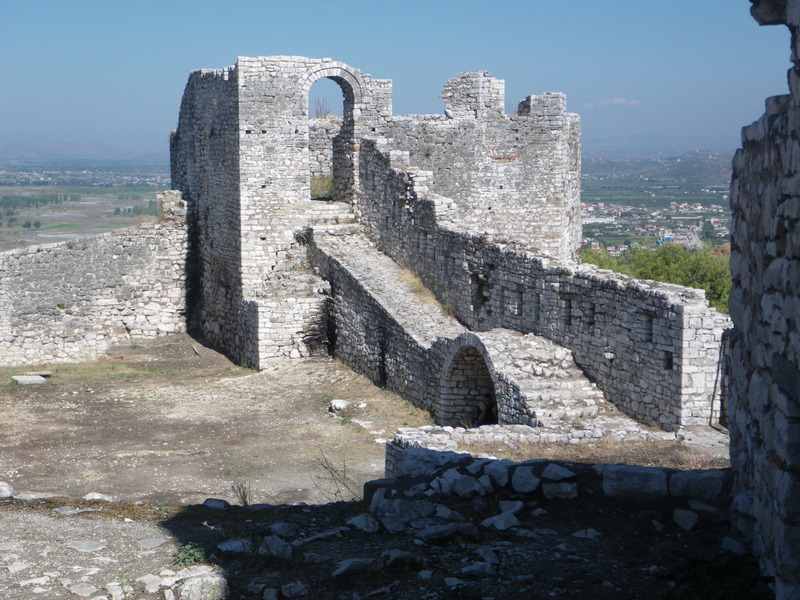


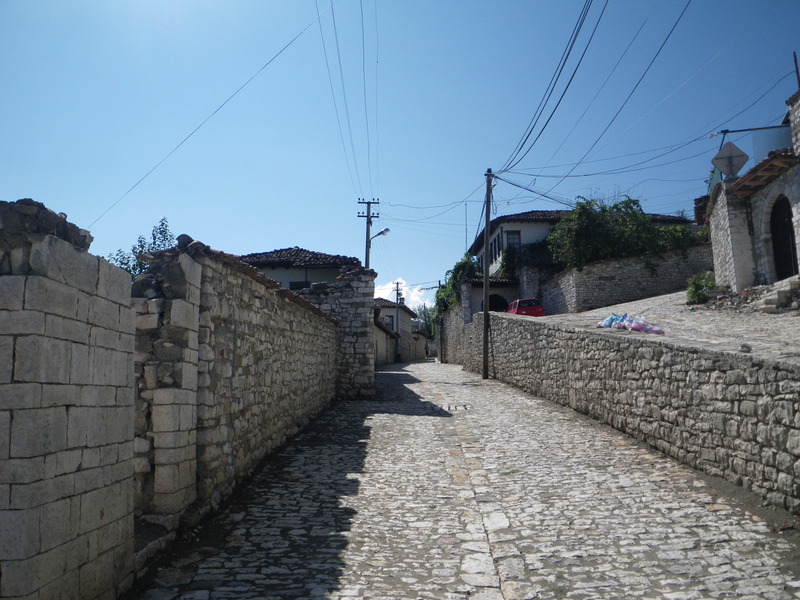
There are several surviving churches in Berat, including the church of the Holy Trinity, with an architecture that reminded me of Russian churches. In fact, the architecture really is more Byzantine, and even reminds me of some of the surviving early churches in Rome.
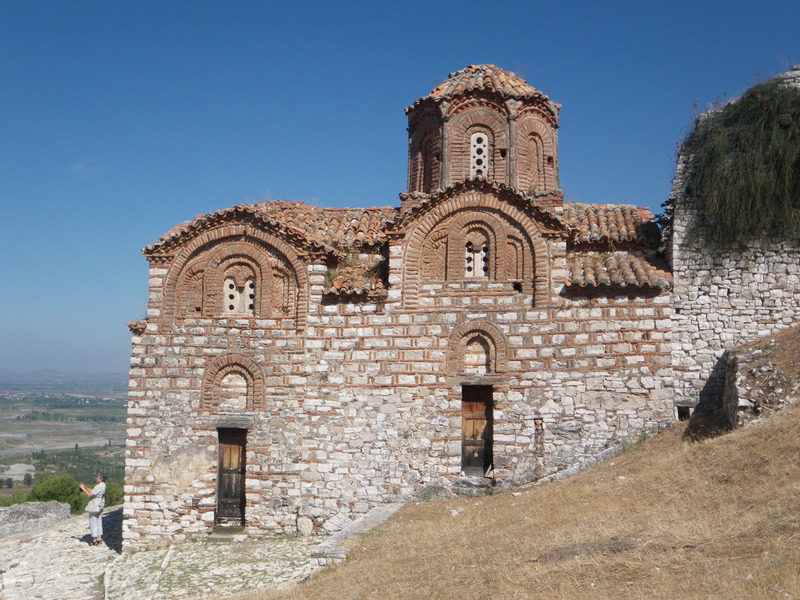

The church of St. Mary houses a museum of Onufri, a famous icon painter from the 16th century. The icons were beautiful, but because it is a museum, I was not allowed to take pictures inside (you can see some small pictures here). This museum also has exhibits on the Codex Purpureus Beratinus, two Christian religious books from the sixth and 9th centuries, and two of only seven such "purple" codices in existence. The church was damaged during the communist period, and is being restored.
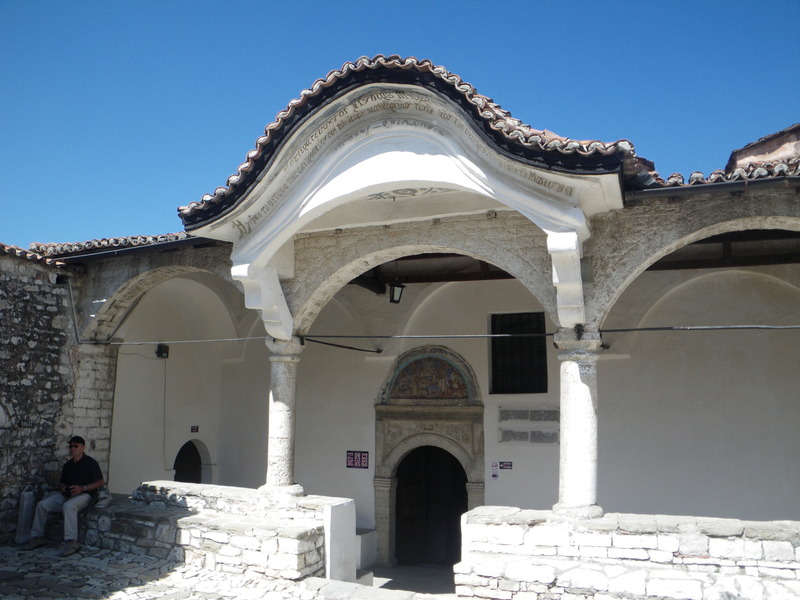
There is much more to the castle, including remains of a white and a red mosque, the red mosque being named after the bricks used in its construction, and of which only the minaret still stands.
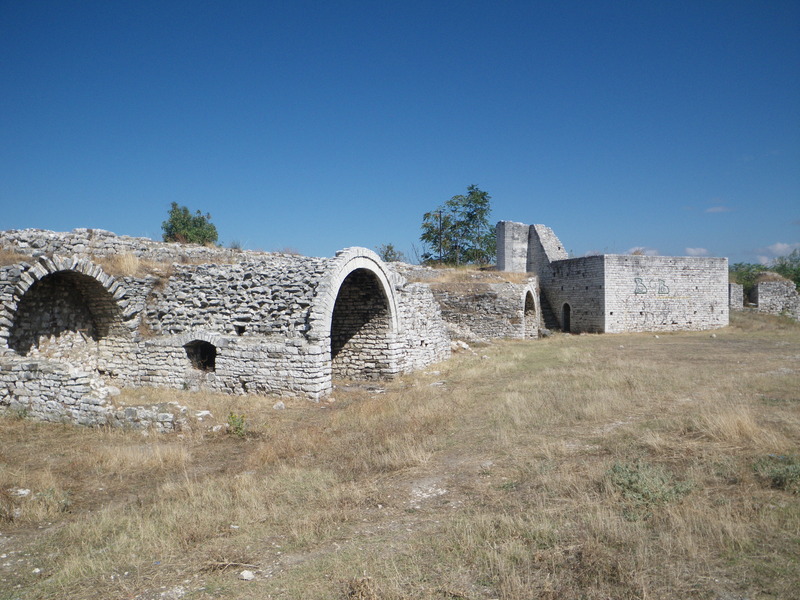
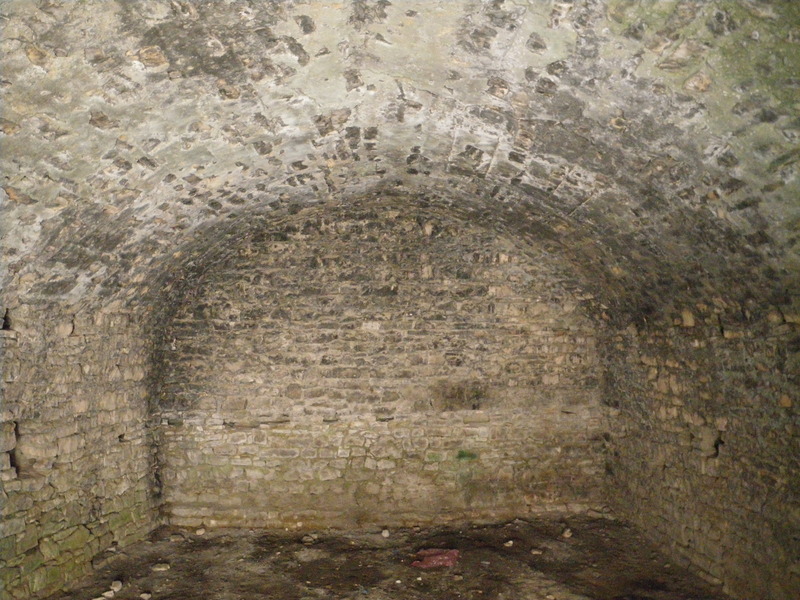
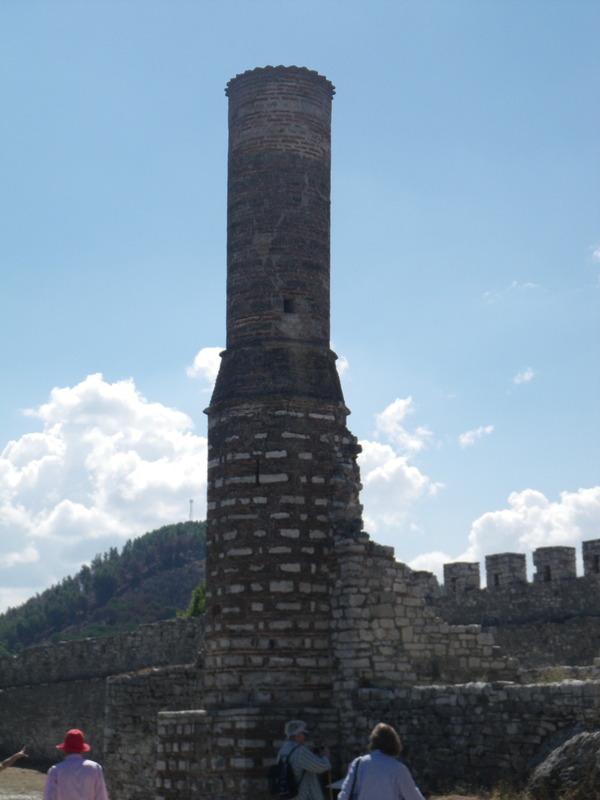
There are many more churches inside the castle, including one to St. Nicholas and one to St. Mary Blachernae.
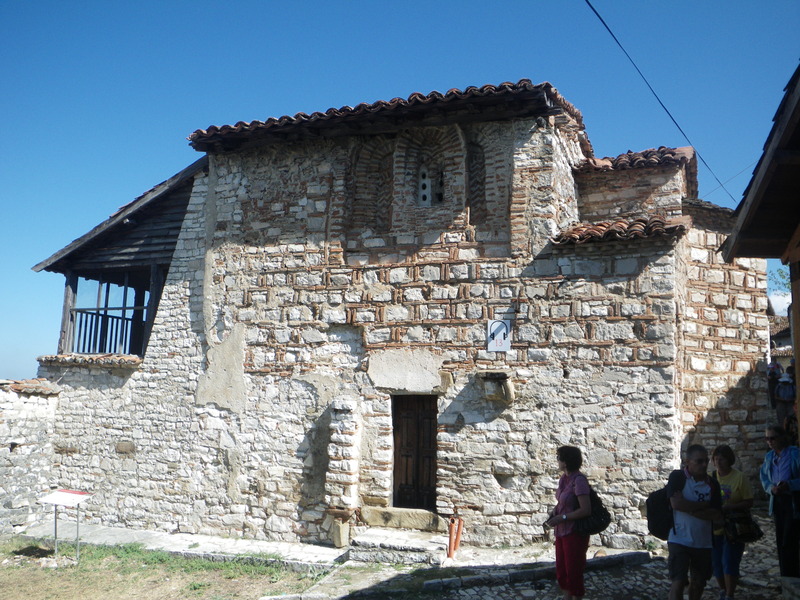

The communist regime decided this church to St. George would look better with a second floor added, and transformed into a tourist center.

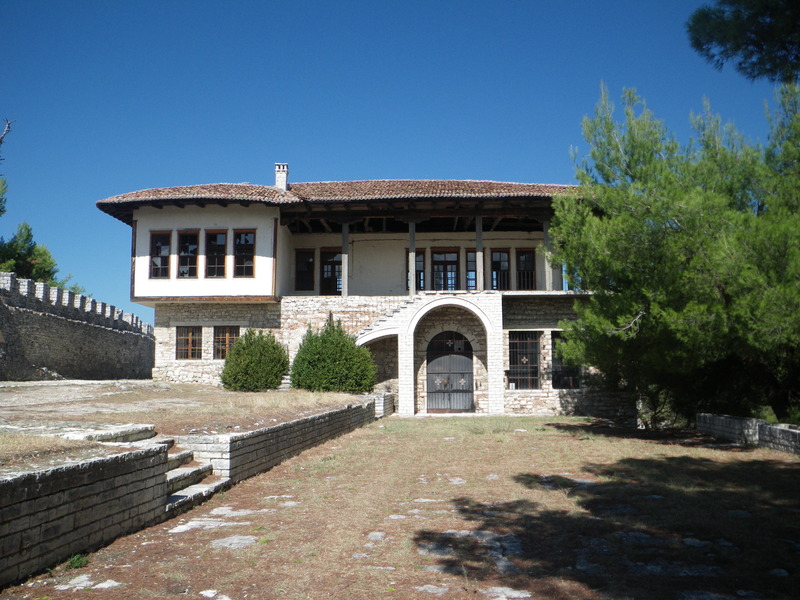
The castle still has many imposing walls.
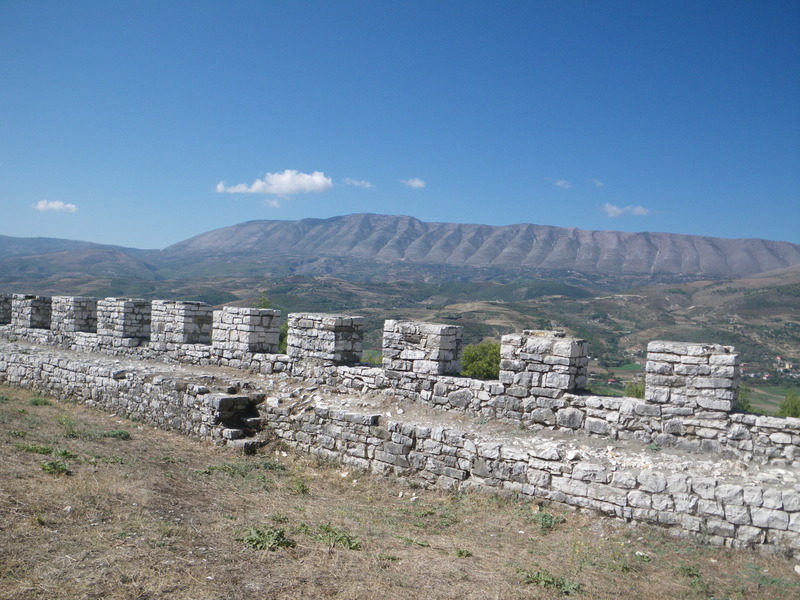


I am sure in the past there was an arch across this entrance, but now I can only imagine it.
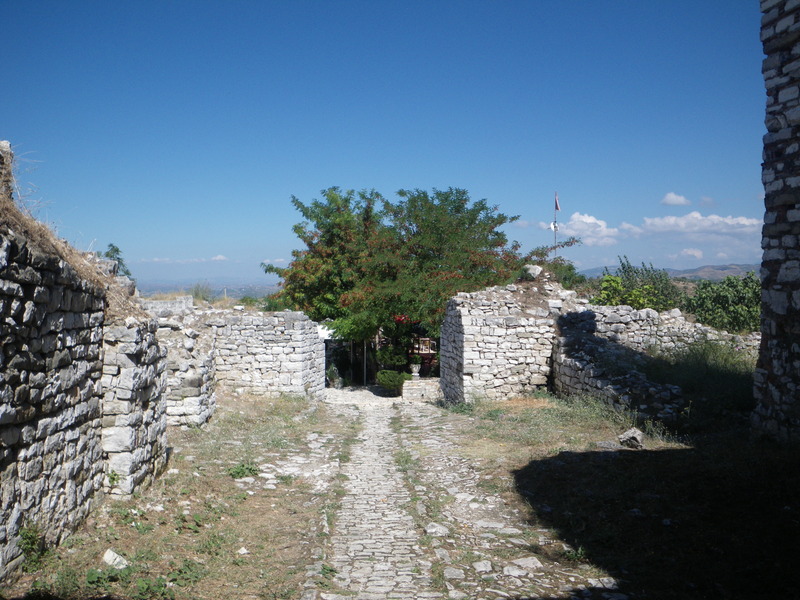
In the past, this surviving arch undoubtedly was part of a more substantial structure.
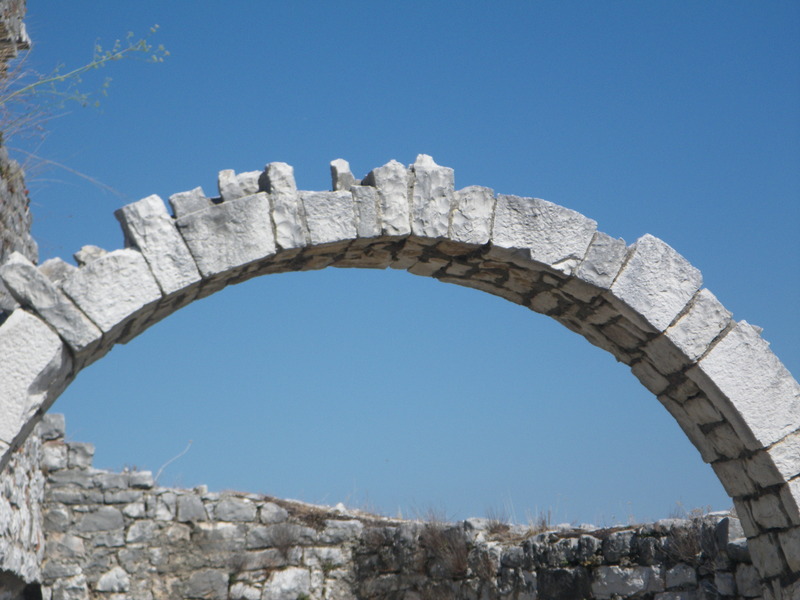
The castle has an ancient cistern to supply the garrison with drinking water, and a modern statue of Constantine the great.
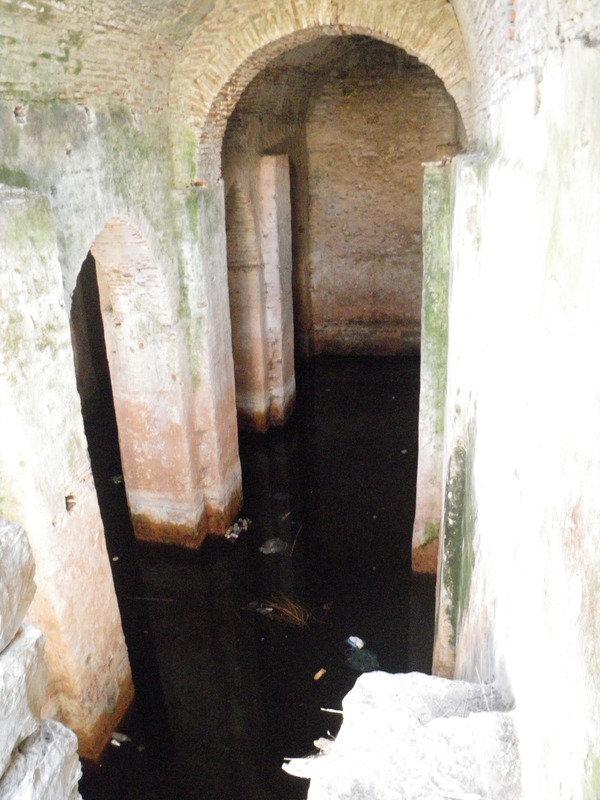
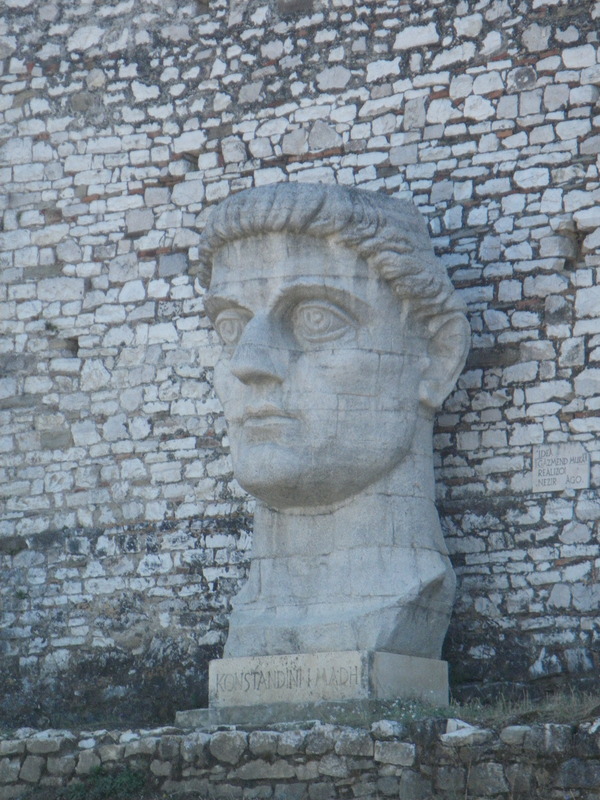

The castle has beautiful views of the surrounding areas, including some pine forest that must have burned at some time in the recent past.
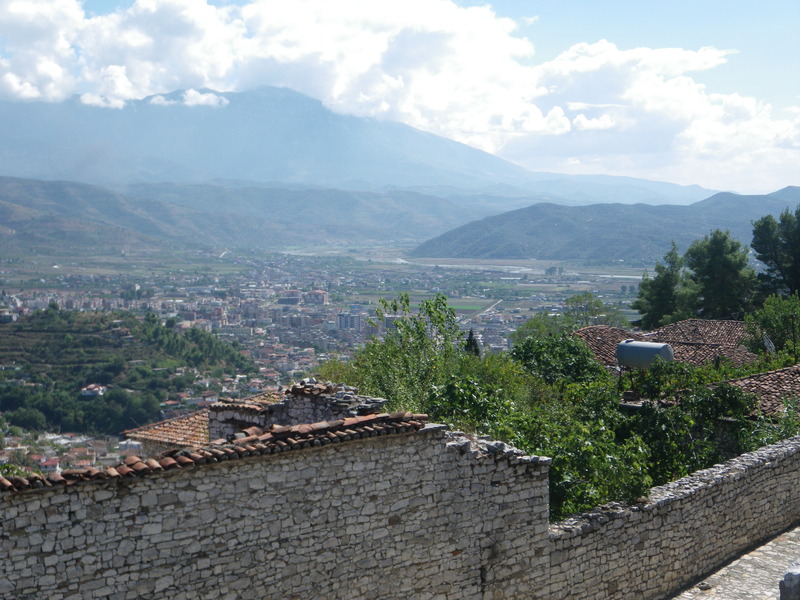

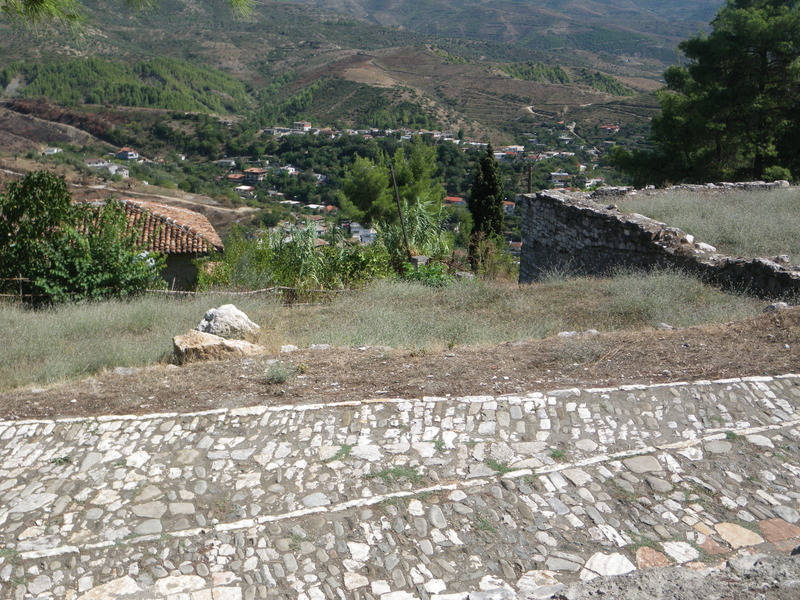
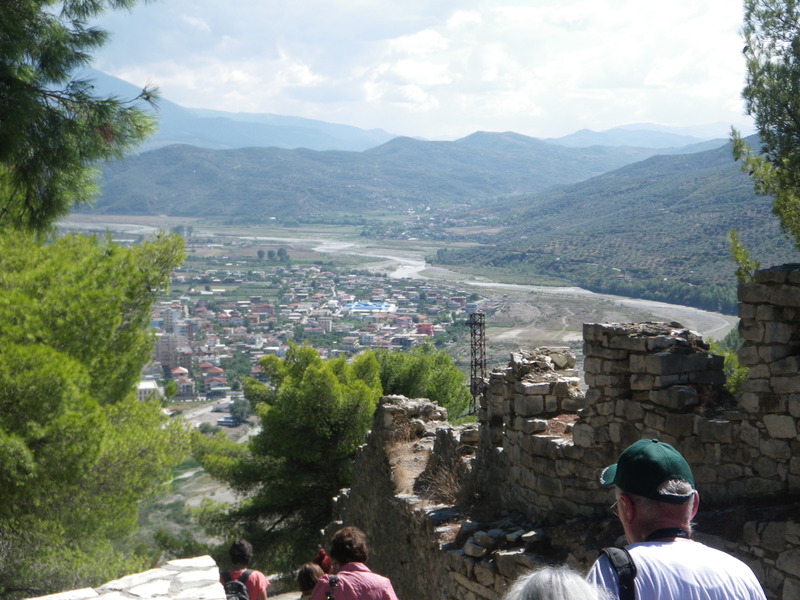
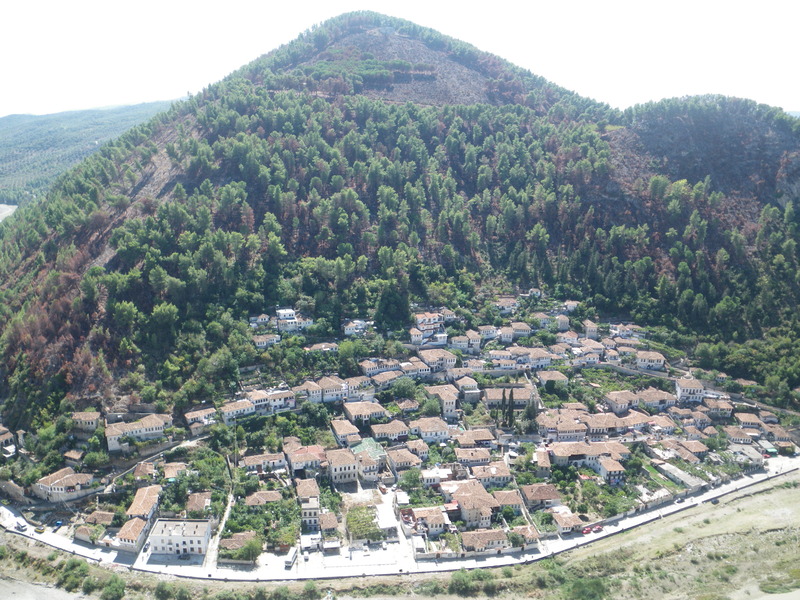


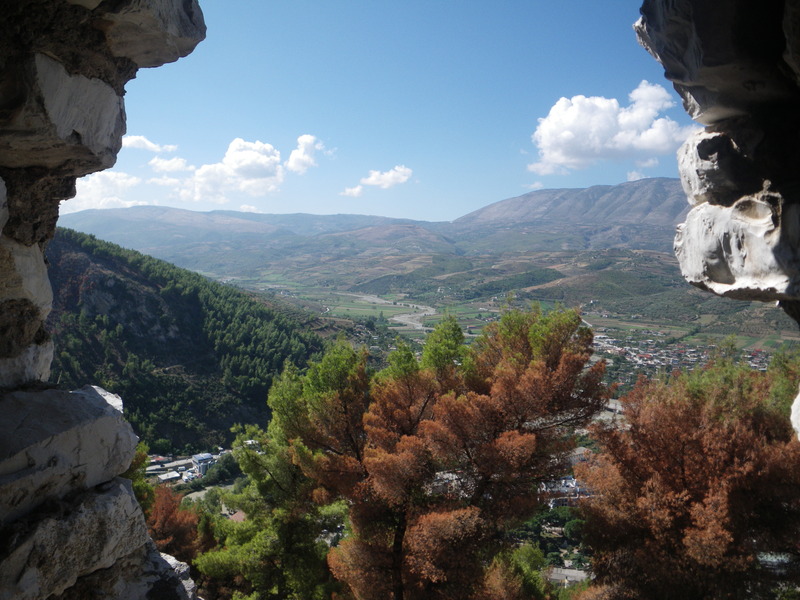
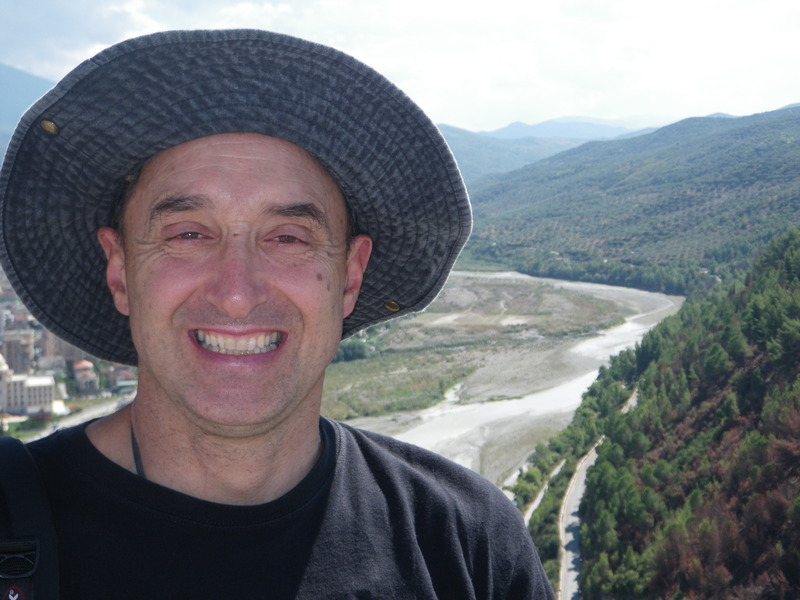
Far below the castle, the river Osum divides two 19th-century neighborhoods of Berat.
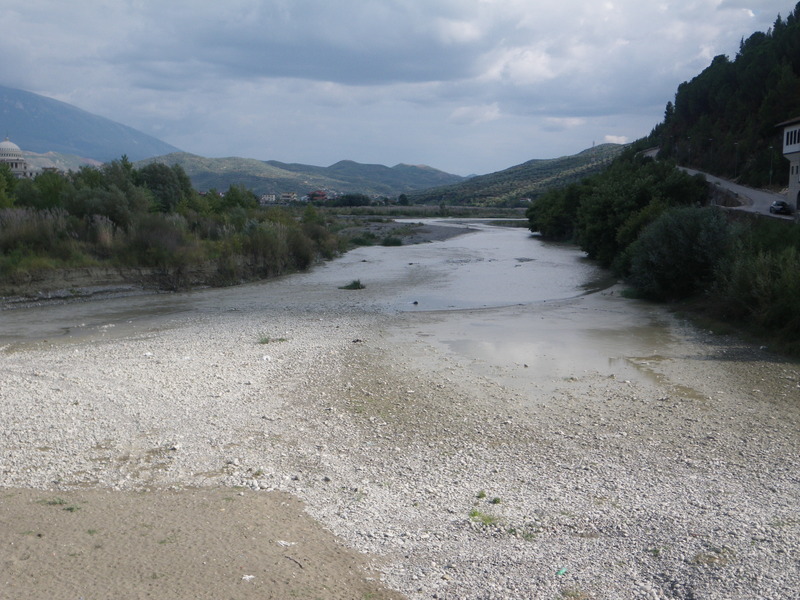
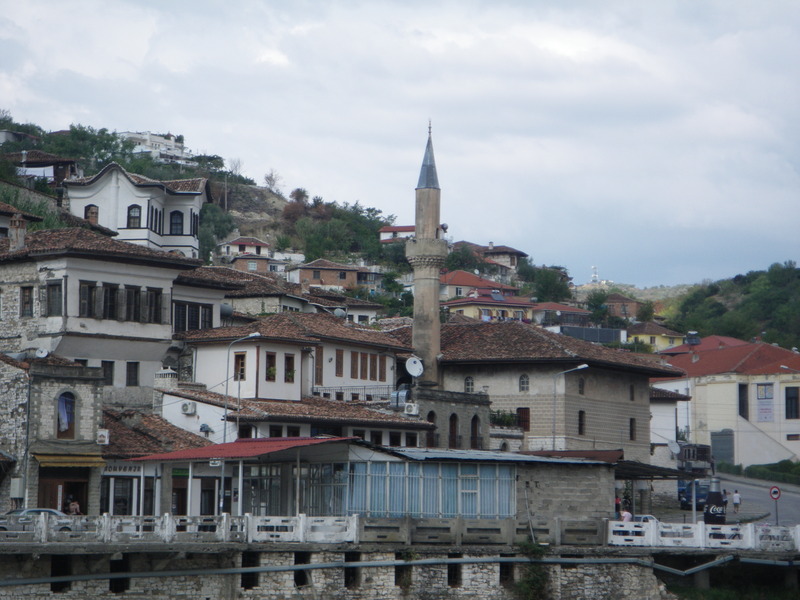


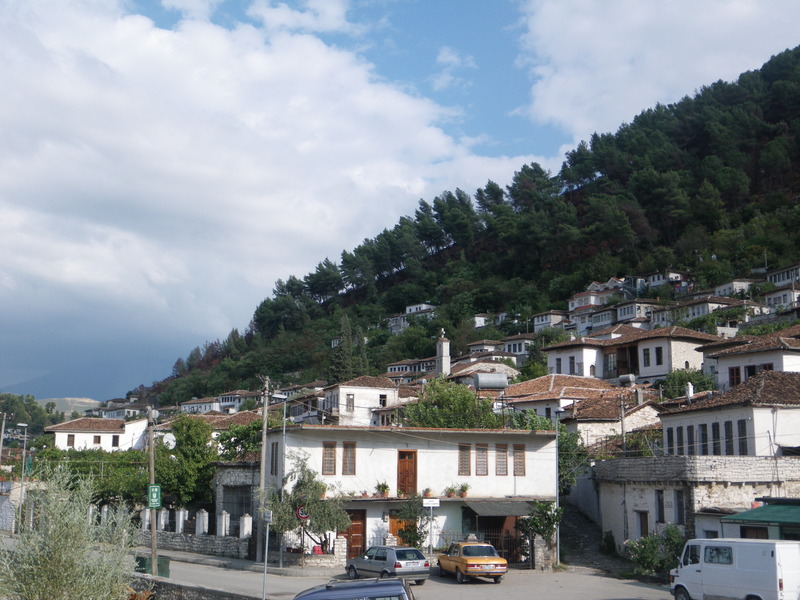
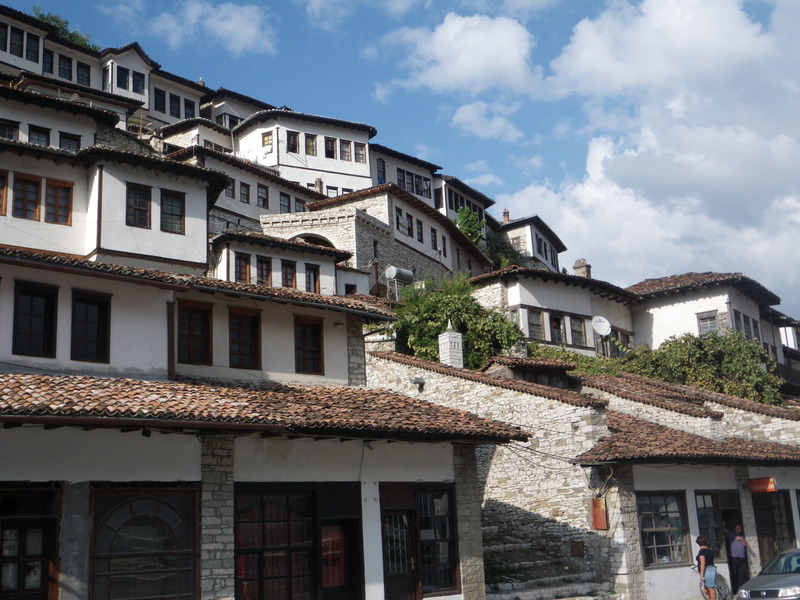
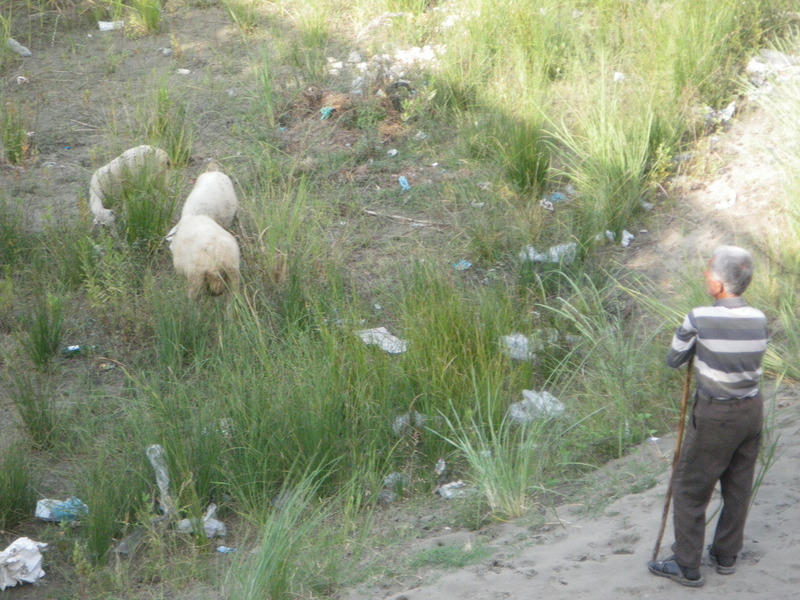
There is a little church on the side of the cliff that the castle is built on. Being in the middle of a cliff, it is not clear whether the church is reached from the castle above or from the town below.
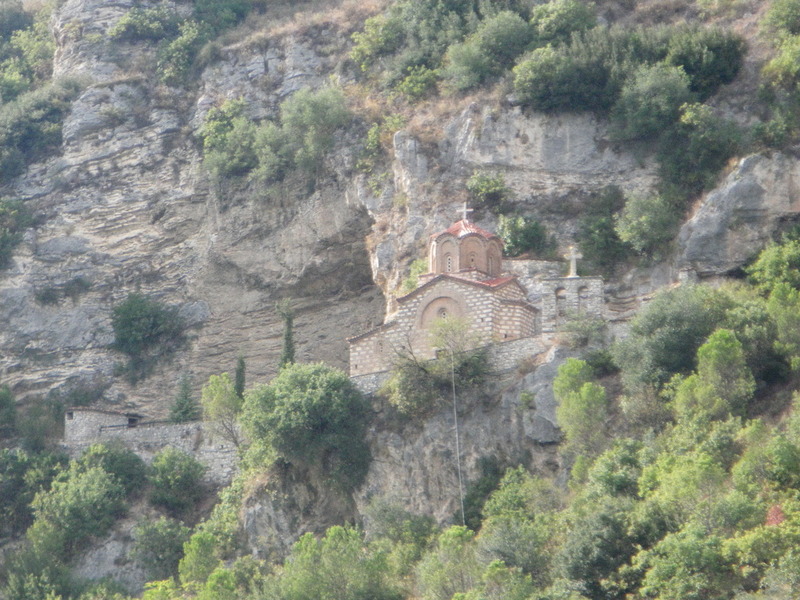
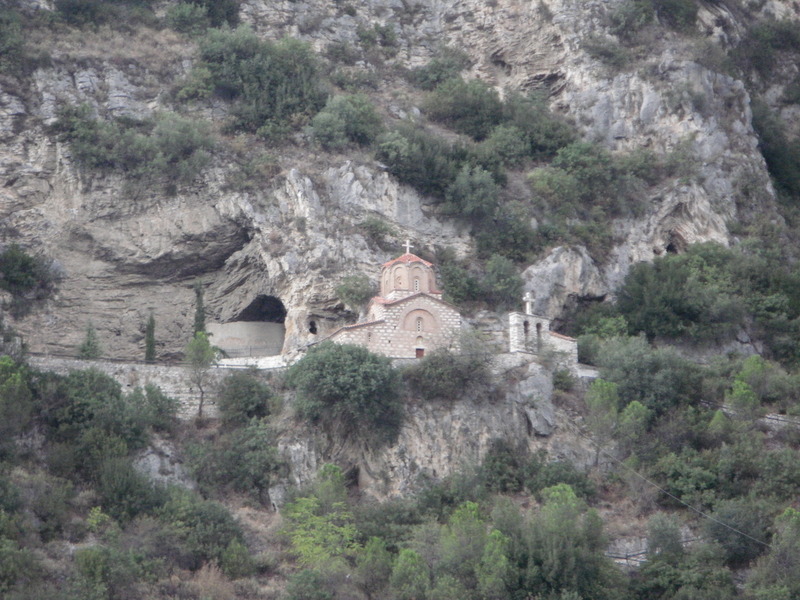
The castle of Berat is reproduced on the Albanian 10-Lek coin, worth about as much as a U.S. dime.
